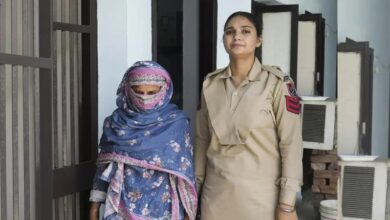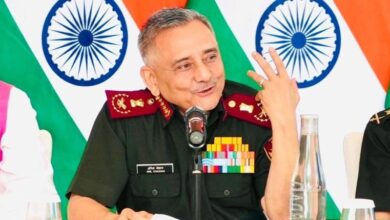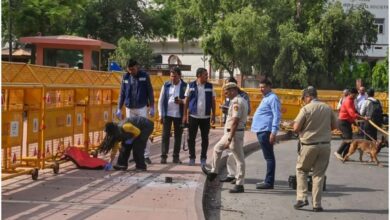Press Release & Photographs – MCCI POWER CONCLAVE – held (Today), 29 May 2025 at Crystal Hall, Taj Bengal, Kolkata
30th May 2025
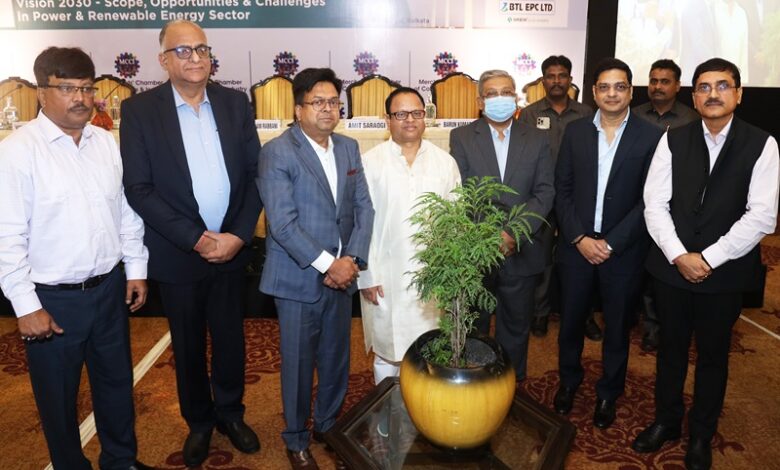
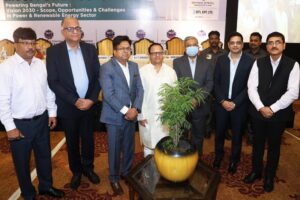

Merchants’ Chamber of Commerce & Industry (MCCI) organized MCCI Power Conclave on the theme ‘Powering Bengal’s Future: Vision 2030 – Scope, Opportunities & Challenges in Power & Renewable Energy Sector’ on Thursday, 29 May 2025 (today) at 11.30 am at Taj Bengal, Kolkata.
Md. Ghulam Rabbani, Hon’ble Minister of Non-Conventional & Renewable Energy Sources, Government of West Bengal was the Chief Guest. The Guests of Honour were Shri Barun Kumar Ray, IAS, Additional Chief Secretary, Department of Non-Conventional & Renewable Energy Sources, Government of West Bengal, Shri Vineet Sikka, Managing Director, (Distribution), CESC Limited and Shri Brajesh Singh, Managing Director (Generation), CESC Limited.
Shri Amit Saraogi, President, MCCI in his Welcome Address said that India’s energy sector is undergoing a transformative shift, driven by robust policies and global climate commitments. As of October 2024, India’s installed renewable energy capacity was 203.18 GW, which steadily increased to 220.10 GW of renewable capacity by the end of March 2025. India ranks as the world’s third-largest renewable energy producer, supported by a projected investment of USD 360 billion by 2030 and foreign direct investment (FDI) inflows of USD 19.98 billion from April 2000 to September 2024.
West Bengal is making significant strides in renewable energy, supported by proactive policies and strategic initiatives. The state has set a target to source 20% of its energy from renewables by 2030. As of December 2024, West Bengal’s installed renewable capacity was approximately 2.10 GW. West Bengal’s power demand in 2024-25 was approximately 8,500 MW during peak periods.
Shri Devendra Goel, Chairman, Council on Industry, Power & Renewable Energy, MCCI in his Theme Address said that India has achieved an installed renewable capacity of over 220 GW, a remarkable 46.6% of our total power mix. With a record 14% plus growth in just one year, India is on track to reach 300 GW by 2028.
Though West Bengal’s current renewable capacity is 2100 MW, the potential is immense—spanning solar, biomass, small hydro, and even wind energy along our coastline.
Md. Ghulam Rabbani said that theme of today’s conclave reflects urgency and opportunities of renewable energy in the path of State’s growth. Hon’ble CM is leading the State to a sustainable future with equity for environment. Cleaner energy mix with reduced dependency on fossils fuels is necessary as India moves on the path to be a developed nation by 2047.
Carbon emission in India will become zero in 2070. The State Government is aligning incentives for usage of renewable energy. However the per capita Carbon emission in India is lower than UK, Australia and other developed countries.
Shri Barun Kumar Ray said that a New Innovative Solar Application (NISA) include 1. Agro Photo Voltaic 2. Floating Photo Voltaic 3. Canal top photovoltaic 4. Building Integrated Photo Voltaic 5. Rail Road Integrated Photo Voltaic 6. Urban Photo Voltaic and 7. Rooftop stadium Photo Voltaic. Under Urban Photo Voltaic, the Government of West Bengal is replacing the street lights to solar street light and Government saves overall INR 350 cr. per annum.
Under Green Cooking, he mentioned that 3500 schools and 300 colleges have solar panels in roof tops.
Shri Ray said that the industry as well as domestic need to move away from the sources of energy that generates CO2. In this regard, the generation of green energy is critical. Transition will be expensive and challenging. For example the penetration of EV in West Bengal has been slow. The Goal of the State Government is to convert 50% of public transport to EV by 2030.
Supercritical technology is needed and it is coming up. He mentioned that Coal at Deocha Pachami is 2.1 billion tons and will keep thermal power plants running. Only 20% of potential solar energy has been tapped in West Bengal, so far.
Shri Vineet Sikka said that in metro city, 85% of customers in CESC come from domestic. The peak demand comes in April and May in afternoon (between 3 pm and 4 pm) and (11 pm & 12 am) for half and hour. Peak demand will cross 3,500 MW in Kolkata. To meet the domestic demand CESE will have to invest in infrastructure.
Shri Sikka highlighted highlighted that industries should be energy efficient. The major growth drivers in energy sector will be 1. EV 2. Cooling Demand 3. Data centers and 4. Industry Demand. Technology in power sector will ensure 24X7 power to the industry at low cost. Power grids are getting smarter with smart meter.
Lastly he mentioned that as of now the carbon footprint will decline, if Industry buys more green power and consumers set more rooftop solar units that can optimally utilise the power.
Shri Brajesh Singh said that the role of coal in producing electricity cannot be fully ruled out. Sustainability in electricity needs balanced mix of energy sources.
He informed that State Government targets 20% renewable energy in few years. In generating electricity, risk is a major challenge. ALML is the technology which increases the safety and helps to operate the machines in optimal way.
He lastly stated that forecast of demand is important. Supply side management is necessary to meet peak demand.
The Session concluded with a hearty Vote of Thanks proposed by Shri Avijit Ghosh, Co-Chairman, Council on Industry, Power & Renewable Energy, MCCI. He said that fossil fuels, such as coal, oil and gas, are by far the largest contributor to global climate change, accounting for over 75% of Carbon emissions. To avoid the worst impact of climate change, emissions need to be reduced by almost half by 2030 and reach net-zero by 2050. To achieve this, the country needs to end its reliance on fossil fuels and invest in alternative sources of energy that are clean, accessible, affordable, sustainable, and reliable.
(This story has not been edited by News Mania staff and is published from a Media Release)



